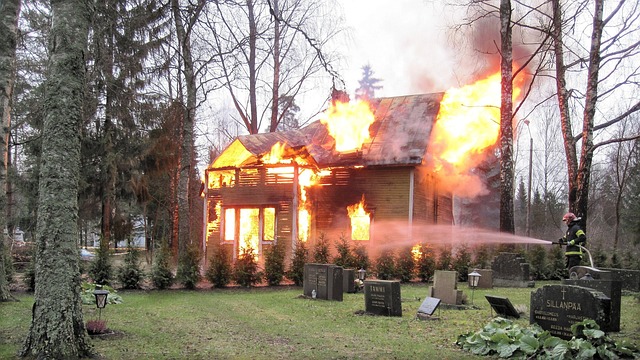Being prepared for home emergencies can give you and your family peace of mind. Knowing what to do if there’s a fire, flood, burglary or other unexpected situation at home helps minimise panic, damage and injuries. Follow these 5 steps to get your household ready for any emergency scenario.
1. Make a Home Emergency Plan
The first step is to sit down with your family and make an emergency plan. Discuss the different types of emergencies that could occur in your home, such as fires, floods, power outages, burglaries, and injuries. Make sure everyone understands what to do in each situation.
Keep a written copy of your emergency plan posted on the fridge or somewhere easily accessible. Go over the plan with your family every 6 months to keep it fresh in everyone’s minds.
2. Assemble Emergency Supplies
Gather essential emergency supplies like first aid kits, flashlights, batteries, blankets, bottled water, and non-perishable food. Keep them together in a designated emergency kit or “go bag”. Make smaller kits to keep in each family member’s room, car, and workplace too.
Include copies of important documents like IDs, insurance policies, and bank details.
3. Learn Lifesaving Skills
Make sure all capable adults and older children learn first aid and CPR skills. At least one family member should take a formal first aid course. You can find classes through organisations like St. John Ambulance, British Red Cross, and local community centres. Having these skills could save a life during a medical emergency at home.
It’s also vital that everyone in the household knows how to use a fire extinguisher properly. Contact your local fire brigade to find out if they offer fire safety sessions. Learn how to use garden hoses, install smoke alarms, and douse small fires.
4. Fit Home Safety Devices
You’ll also need smoke alarms to be installed on each level of your home. These should be tested monthly and the batteries should be changed twice a year. Consider connecting the alarms so that when one goes off, they all do. This gives the fastest warning possible in case of fire.
Also, fit carbon monoxide detectors in rooms with gas appliances. Install ABC dry powder fire extinguishers around your home and teach householders how to use them.
For added security, install an alarm system with sensors on doors/windows and motion detectors inside. Link it to a monitored security company so help arrives quickly during a break-in. Look for a company that offers top-quality fire alarm and burglar alarm systems all in one place.
5. Teach Children Emergency Skills
If you have young children at home, teach them basic emergency skills from an early age. Show them how to call 999 and give their name, address, and the nature of the emergency. Let them practice on old phones or with pretend calls.
Give simple lessons about not touching matches, lighters, or plug sockets. Show older children how to check smoke alarm batteries and where the fire extinguisher is. Learning these skills early on will help kids react calmly and know what to do in an emergency.
Preparing your household for fires, burglaries, injuries, and other unexpected crises gives everyone confidence to handle them safely and efficiently. Following these 5 key steps helps make your family and home resilient when faced with emergencies. Stay vigilant and update your emergency plan regularly to keep your loved ones secure.

